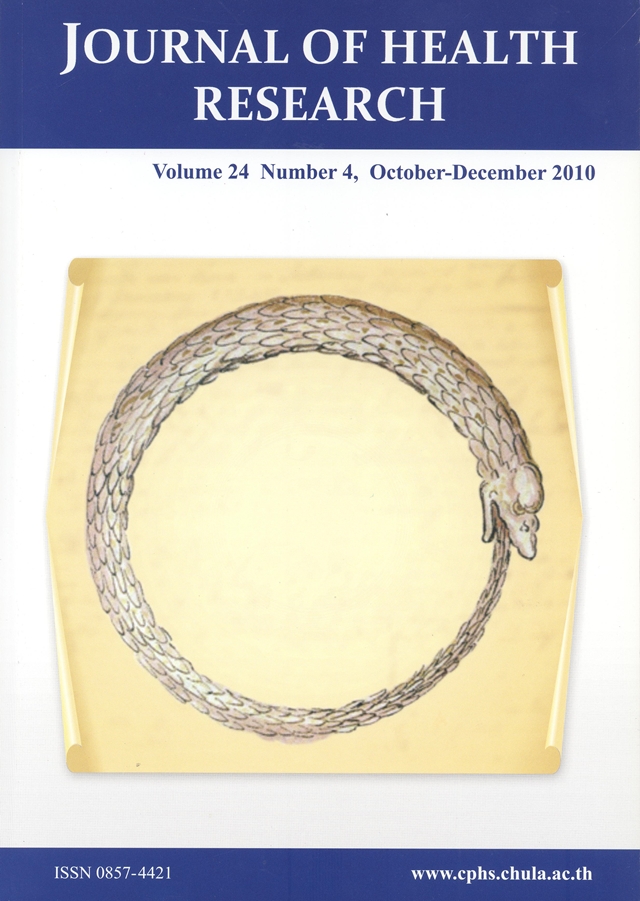Antipyretic Effect of Ben-Cha-Moon-Yai Remedy
Keywords:
Ben-Cha-Moon-Yai, LPS-induced fever, antipyretic effectAbstract
Ben-Cha-Moon-Yai (BMY) herbal remedy is an antipyretic and anti-inflammatory drug in Thai traditional medicine which includes roots of Ma-Toom, Phe-Ka, Lam-Yai, Chare-Tare and Kad-Linn. We determined the antipyretic activity of the root extract of BMY remedy using lipopolysaccharide (LPS)-induced fever in rats compared to that of acetylsalicylic acid (ASA). Fever was induced in animals with an intramuscular injection of LPS (50 μg/kg) 1 hr after oral administration of 2% Tween 80, ASA 300 mg/kg or various doses of BMY (125-500 mg/kg). Rectal temperature was measured before the pretreatment and at 1 hr intervals for 7 hr after LPS injection. All doses of BMY significantly (p<0.05) attenuated the increased rectal temperature produced by LPS and were found to be as potent as ASA. These results demonstrated that the root extract of BMY remedy at all doses tested possesses antipyretic activity.







